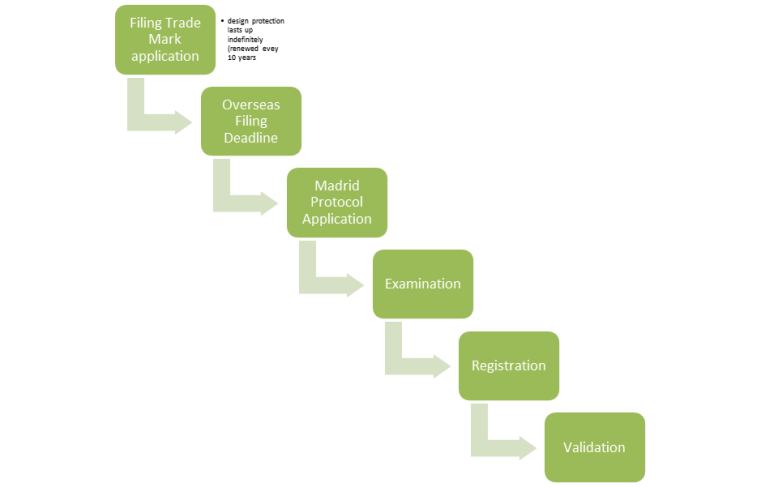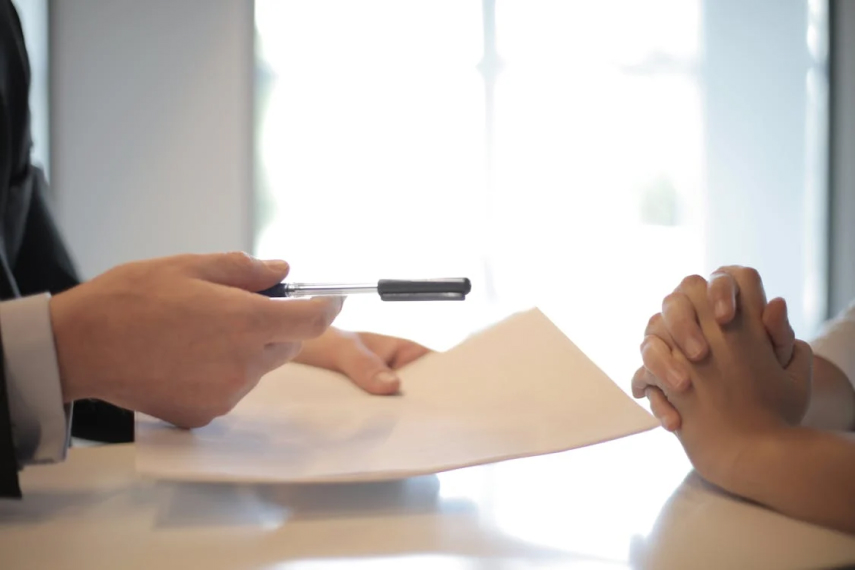- Home
- Legal Services
- Shareholder Agreements
Shareholder Agreements
Shareholder agreements are essential for new companies. They set-out the rights and obligations of shareholders and allow for the codification of powers afforded to directors.
The main benefit of shareholder agreements is that they define the exact rules for shareholders interacting with each other and this minimises the risk of shareholder disputes. The shareholder agreement often limits directors rights and powers and this can assist with blocking phoenixing attempts or issuance of unauthorised director loans/payments.
Our Contracts & Agreements
We strive to find the best fit for intellectual property and match it to your business goals and milestones.
- Anthony Alder
Principal and Founder
Free Guides
Specialists in Patent and Trademark Law


